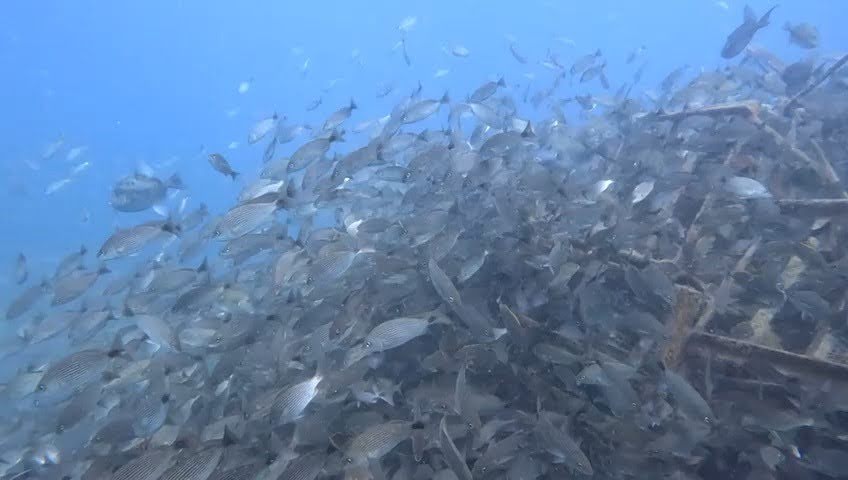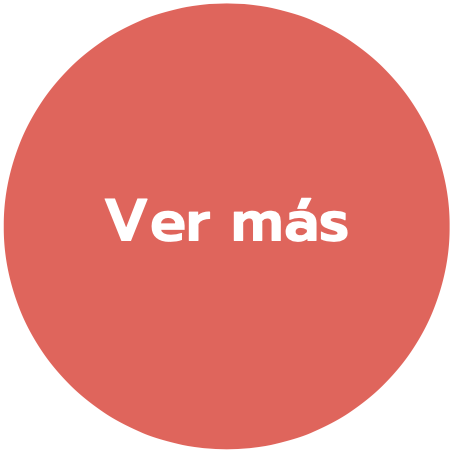The artificial reefs type Shell Nurse are man-made structures made from bivalve shells derived from Japanese philosophy. Satoumito attract the attention of the marine life and increase biomass, which is being achieved in a project being developed by the government, academia and civil organizations in the bay of La Paz.
Marco Antonio Medina Lópezresearcher at the Autonomous University of Baja California Surparticipated in the Satoumi Seminar held at the end of November in La Paz, where he presented the results achieved so far with this project financed by the Japan International Cooperation Agency (JICA) and supported by the state government.
The academic explained that since 2023 a pilot test has been implemented in the bay of La Paz with Shell Nurse type artificial reefs, which are structures that replicate the ecological functions of natural reefs.
"In total, 230 species of different organisms were identified, including invertebrates, algae and fish living in and around the reefs. This is comparable to what we found in rocky environments, creating oases in sandy deserts," said Medina López.
Medina López noted that visual surveys conducted by divers every three months have shown an impressive concentration of fish since the first months of installation. Not only was marine activity maintained, but it increased over time.
"There are 35 recorded fish species, of which 14 are of commercial importance," he said. These include:
- Cherna
- Donkey
- Piglet
- Charrico
- Horse mackerel
- Cabrilla
- Burro rasposo
- Coconaco
- Yellow snapper
- Red snapper
- Black snapper
- Parrot
- Perico fish
- Cabrilla arenera
He added that reefs provide a suitable place for invertebrates, such as shells and other organisms, to attach and reproduce, which contribute to the biomass production.
Yutzín Aimeé Jiménez Garcíaalso from UABCS, commented that the presence of jacks has been observed on the periphery of the artificial reefs, suggesting an increase in nearby trophic levels. However, he clarified that more time is needed to confirm clear trends.
The Satoumi Seminar was held November 27-28 to promote the exchange of knowledge on the restoration of marine ecosystems under the Satoumi philosophy and its implementation in Baja California Sur.
Source: NOS Sustainable Northwest


